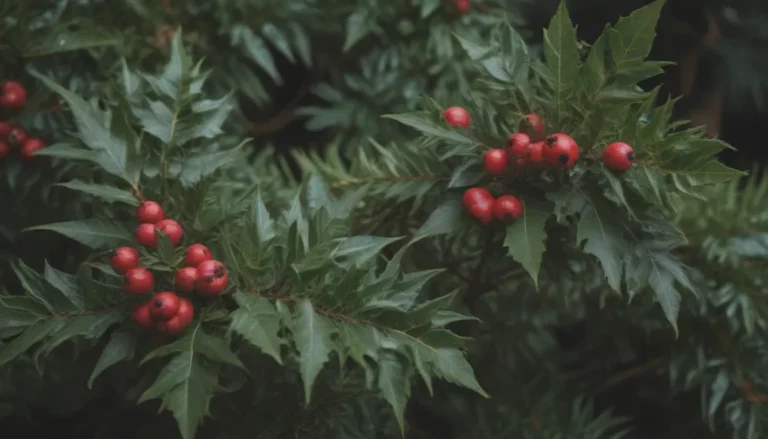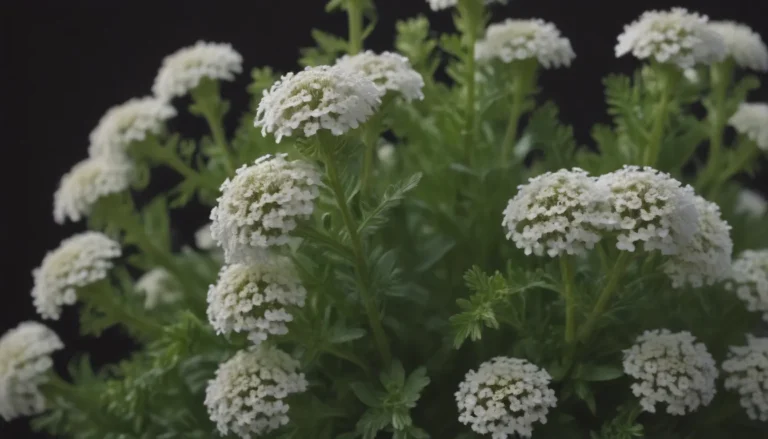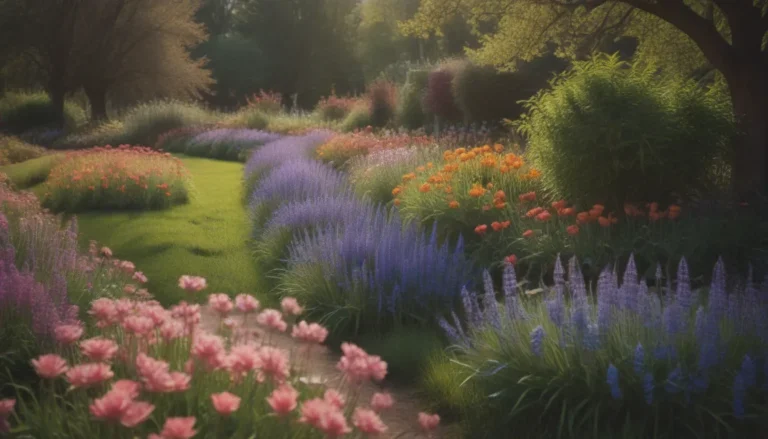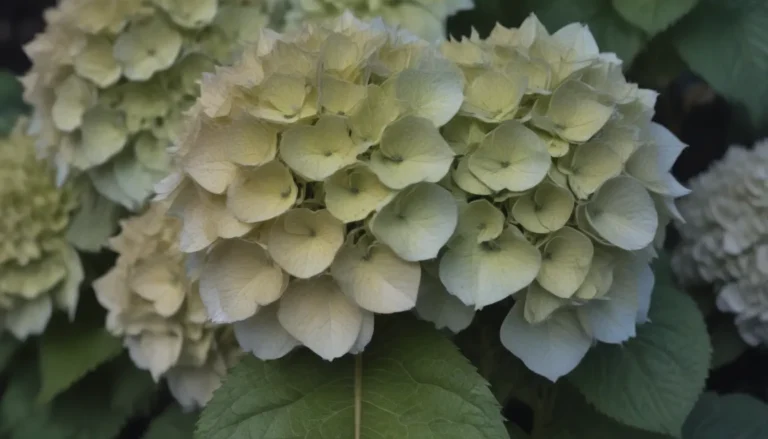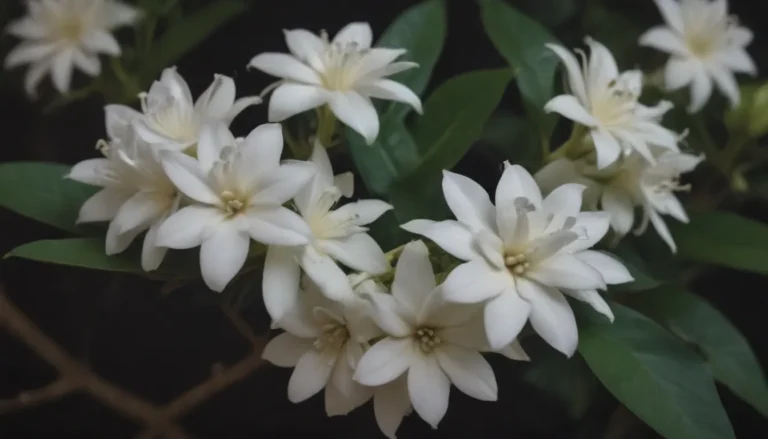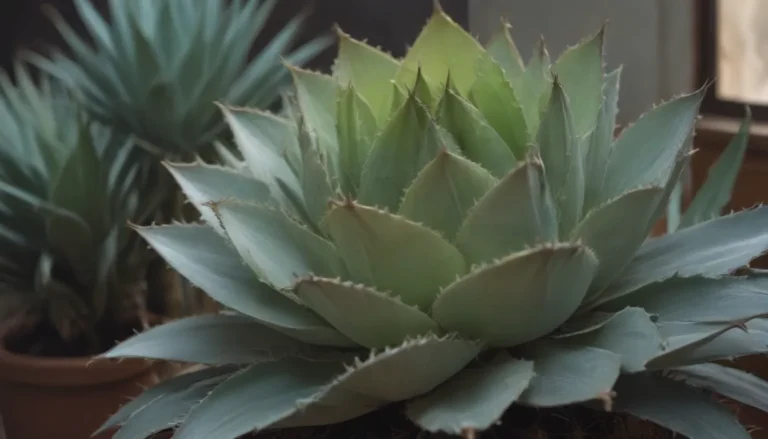Supporting Pollinators: A Comprehensive Guide to Understanding and Helping These Vital Creatures
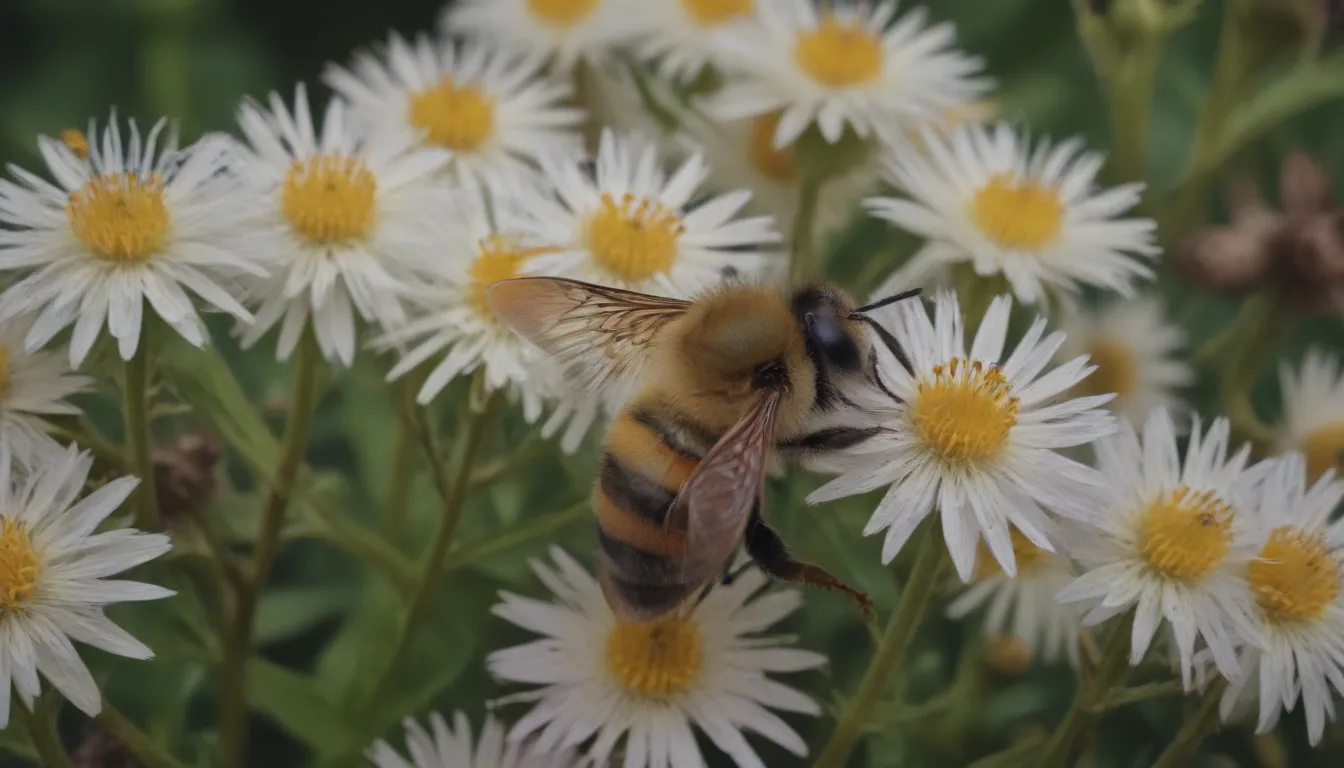
If you’ve ever marveled at the beauty of a blooming garden, enjoyed a juicy piece of fruit, or taken in the sight of a colorful butterfly flitting from flower to flower, you have pollinators to thank. These tiny creatures play a crucial role in our ecosystem by facilitating the reproduction of plants. In this in-depth guide, we will explore what pollinators are, why they are important, common pollinators in the United States, and how you can support them in your own backyard.
What are Pollinators?
A pollinator is any creature, such as an insect, bird, or even a mammal, that helps plants reproduce by transferring pollen from one plant to another. Pollination is essential for the development of fruits, vegetables, nuts, and other plant-based foods that we rely on for sustenance. Some pollinators, like honeybees, intentionally pollinate as part of their food creation process, while others, like hummingbirds, unintentionally assist in pollination while feeding on nectar.
Why Pollinators are Important
Pollinators are vital to the health and diversity of ecosystems. They play a crucial role in plant growth and reproduction, helping to maintain the balance of nature. Without pollinators, many plants would not be able to produce seeds or fruits, ultimately impacting the food supply for both humans and animals. Agriculture, in particular, relies heavily on pollinators like bees to pollinate crops that contribute significantly to our economy and food security.
Common Pollinators in the U.S.
In the United States, there is a diverse array of pollinators that can be found in various habitats. Some of the most common pollinators include:
- Monarch butterflies
- Butterflies
- Hummingbirds
- Bats
- Beetles
- Wasps
- Bees
- Moths
- Mosquitoes
- Flies
- Lizards
- Other Pollinating Mammals
How to Support Pollinators
If you want to do your part in supporting pollinators, there are several steps you can take to create a pollinator-friendly environment in your own backyard:
- Create Habitats for Pollinators: Plant a diverse range of flowers, shrubs, and trees that provide food and shelter for pollinators.
- Avoid Using Toxic Herbicides or Pesticides: Choose natural alternatives or integrated pest management strategies to protect pollinators from harmful chemicals.
- Plant Pollinator-Friendly Plants: Select plants that are attractive to pollinators, such as native wildflowers, herbs, and flowering trees.
- Avoid Bright Outdoor Lights at Night: Limiting artificial light at night can help nocturnal pollinators, such as moths and bats, navigate more effectively.
- Support Local Farmers and Beekeepers: Purchase local honey and produce from farmers who use pollinator-friendly practices.
By implementing these simple practices, you can make a significant impact on the well-being of pollinators in your area and contribute to the overall health of the ecosystem.
In conclusion, pollinators are essential for the survival of plant species and the maintenance of biodiversity. By understanding the role of pollinators and taking steps to support them, we can ensure a healthy and flourishing environment for future generations. Let’s all do our part to protect and preserve these invaluable creatures.
